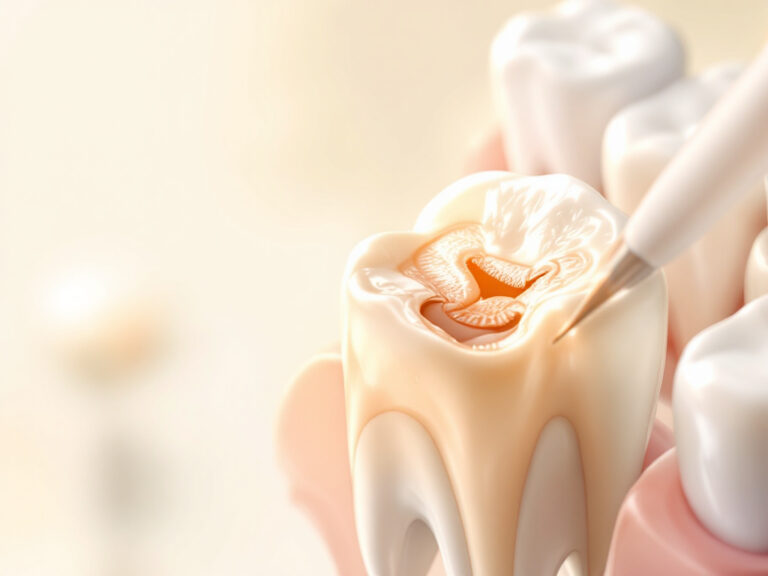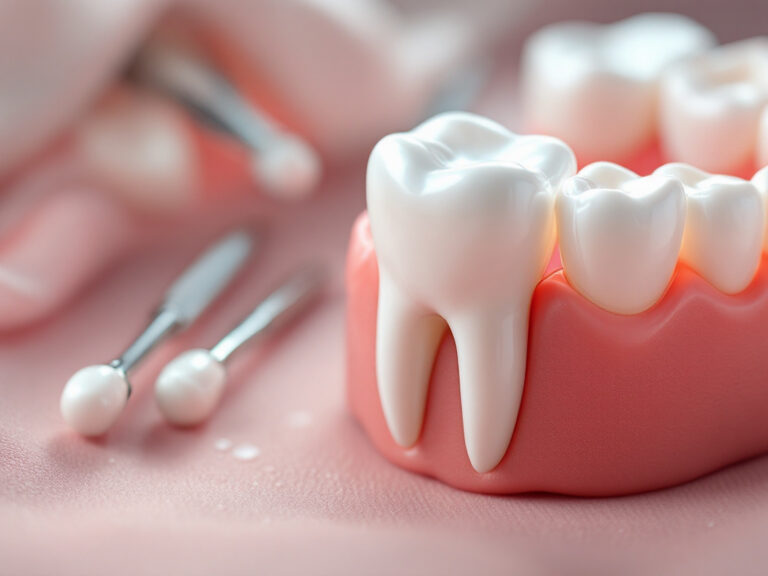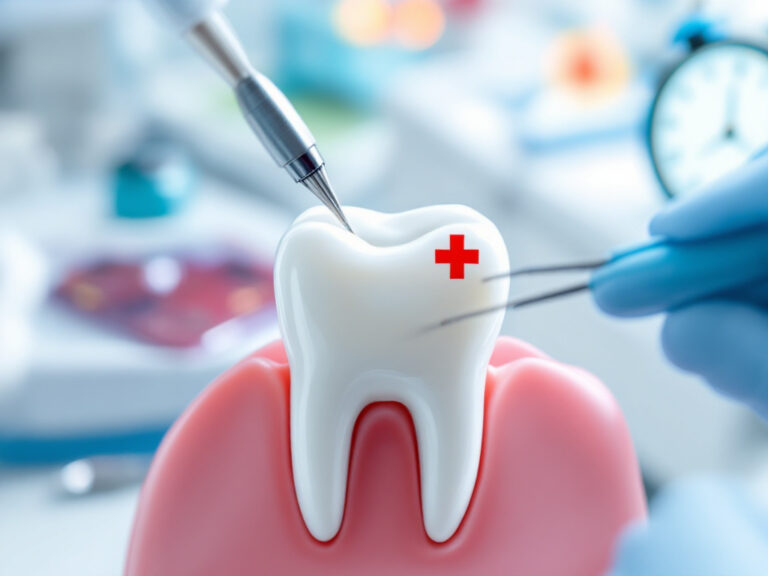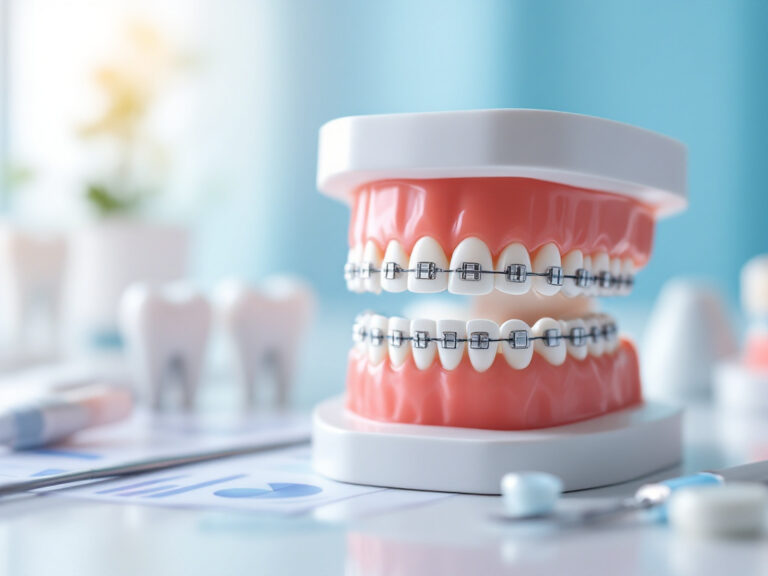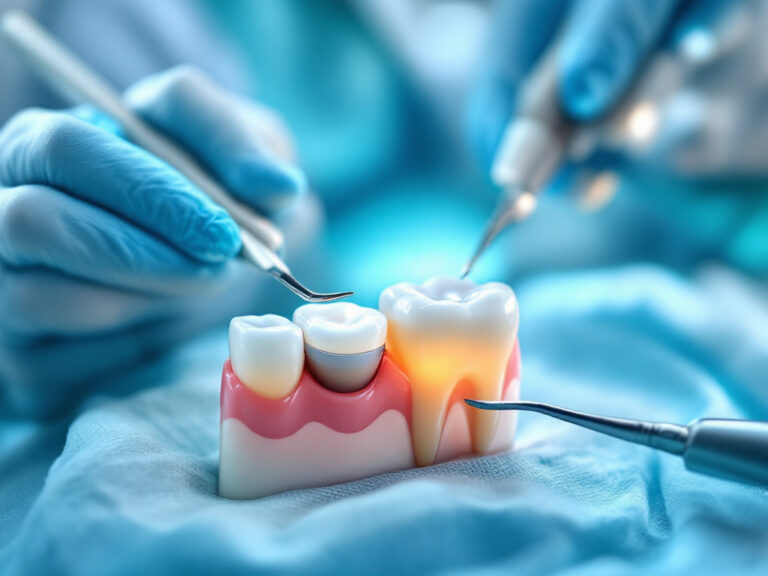You may be considering a full mouth restoration program to rebuild your smile, improve chewing function and protect long-term oral health. A full mouth restoration program, also known as full-mouth rehabilitation or full mouth reconstruction, combines esthetic and restorative dentistry to address multiple dental issues across all teeth (American College of Prosthodontists). Whether you have missing teeth, large failing fillings or a bite imbalance, a personalized program can restore both the look and function of your mouth using modern techniques such as same-day crowns and digital planning.
In this article, you’ll learn what a full mouth restoration program involves, who’s an ideal candidate, the key procedures it includes and how it delivers functional, aesthetic and health benefits. We’ll also cover what to expect in terms of timeline, cost and how to choose the right provider for your needs.
Understand full mouth restoration
What is a full mouth restoration program
A full mouth restoration program is a comprehensive plan that rebuilds and/or replaces all of the teeth in your mouth, combining cosmetic enhancements with restorative treatments to improve health, function and appearance (American College of Prosthodontists). Instead of fixing one problem at a time, you receive a coordinated sequence of treatments designed to work together for optimal results.
Goals of comprehensive rehabilitation
- Reestablish proper bite alignment to relieve jaw joint pressure and facial discomfort (Andrew G. Mortensen, DDS)
- Replace missing teeth to prevent jawbone degeneration and facial collapse
- Repair or replace damaged teeth to improve chewing efficiency and speech
- Enhance smile aesthetics through color-matched restorations and symmetry
Role of your prosthodontist
A prosthodontist leads your full mouth restoration program, often coordinating with specialists in periodontics, oral surgery and orthodontics. After digital imaging and a thorough exam, your team creates a tailored plan that sequences procedures such as cavity repair and restoration, root canal therapy services or bite correction dental treatment in the most efficient order.
Identify program candidates
Common dental issues
You may benefit from a full mouth restoration program if you have:
- Multiple missing teeth or advanced decay
- Large, failing fillings that require replacement with composite dental fillings or onlays
- Severely worn or cracked teeth from grinding, such as those treated with cracked tooth repair service
- Bite problems causing TMJ discomfort or uneven wear
Functional and aesthetic concerns
Beyond health, a full-mouth rehabilitation may address:
- Difficulty chewing or speaking clearly
- Aged appearance due to collapsed bite or sunken cheeks
- Smile dissatisfaction from discoloration, gaps or misalignment
Health and lifestyle factors
Certain conditions may increase your need for full mouth reconstruction:
- Genetic disorders like ectodermal dysplasia or amelogenesis imperfecta
- Oral cancer surgery requiring structural rebuild
- Chronic periodontal disease leading to bone loss
If you’ve experienced ongoing discomfort, frequent dental emergencies or progressive wear, a full mouth restoration program can provide a lasting solution.
Review restoration procedures
Crowns, onlays and veneers
- Dental crown placement restores heavily damaged teeth, fitting a cap that looks and functions like your natural tooth. For same-day convenience, ask about CAD/CAM milling and emergency dental crown replacement options.
- Porcelain inlays and onlays preserve more tooth structure than full crowns and can repair moderate decay or fractures using porcelain inlay and onlay treatment.
- Veneers cover front-facing teeth to mask minor chips, stains or gaps, creating a harmonious smile.
Bridges and dentures
- Dental bridge replacement fills gaps by anchoring artificial teeth to adjacent crowns or implants.
- For multiple missing teeth, custom dentures restore full arches; custom denture fitting ensures comfort, while partial denture replacement suits those who still have some natural teeth.
Dental implants
Dental implants provide the most stable option for tooth replacement. A titanium post fuses with your jawbone to support crowns or bridges. Early consultation is key—schedule a dental implant consultation to assess bone health and implant planning.
Supportive treatments
- Orthodontics may realign teeth and prepare spaces for restorations.
- Gum grafts or bone grafts rebuild lost tissues for implant support.
- Teeth whitening often serves as the final cosmetic touch, ensuring your restorations match a bright natural shade.
Recognize functional benefits
Improved chewing and speech
By restoring proper tooth height and alignment, you’ll regain efficient chewing function and clearer speech. Full-mouth rehabilitation carefully reconstructs your occlusion to distribute bite forces evenly, reducing strain on individual teeth.
Bite alignment and joint relief
Poor occlusion can lead to TMJ pain, headaches and neck discomfort. A full mouth restoration program corrects your bite, relieving pressure on jaw joints and surrounding muscles (Andrew G. Mortensen, DDS).
Enhanced oral hygiene
Uniformly shaped teeth and stable restorations simplify brushing and flossing. With fewer hard-to-clean gaps or uneven surfaces, you lower your risk of decay, gum disease and implant complications.
Highlight aesthetic improvements
Smile harmony and symmetry
A full mouth restoration program balances tooth size, shape and spacing to create a cohesive, natural-looking smile. Your prosthodontist uses digital smile design to preview results before treatment begins.
Color matching and materials
High-quality materials such as porcelain or zirconia mimic enamel translucency and resist staining. With porcelain crown restoration and veneers, your new smile looks bright and lifelike.
Same-day crowns advantage
Modern CAD/CAM technology allows same-day crowns to be designed, milled and placed in a single visit. This reduces your time in temporary restorations and accelerates your smile makeover.
Consider long-term health
Prevent jawbone degeneration
Missing teeth lead to bone loss, altering facial contours and weakening adjacent teeth. Replacing gaps with implants or bridges protects your jaw structure and preserves a youthful profile.
Protect tooth structure
Minimally invasive options like tooth structure preservation through onlays and inlays conserve enamel, extending the life of your natural teeth and restorations.
Reduce systemic risks
Poor oral health has been linked to heart disease, stroke and diabetes complications. A comprehensive restoration plan helps you maintain optimal hygiene and reduce these risks over time (Andrew G. Mortensen, DDS).
Understand program logistics
Consultation and evaluation
Your journey begins with a detailed exam including digital images, X-rays and bite analysis. This phase identifies all issues and establishes your personalized treatment sequence.
Treatment timeline
Full mouth restoration programs typically span three to twelve months, depending on implant integration and orthodontic needs (Kallos Dental Aesthetics). Procedures may be scheduled in phases to balance efficiency with comfort.
Recovery and maintenance
Most procedures involve minimal downtime. Implant sites heal over several months, while crowns and veneers require only a few days of sensitivity. Regular checkups and diligent home care extend the life of your restorations.
Evaluate costs and financing
Investment versus individual treatments
While the upfront cost of a full mouth restoration program can be significant, it often proves more cost-effective than addressing problems one by one over years (Union Dental Health). Bundling procedures reduces repeat appointments and material markups.
Insurance and payment plans
Dental insurance may cover portions of restorative treatments, especially when medically necessary. Ask about insurance covered dental restoration options and inquire about flexible financing such as CareCredit to spread payments over time.
Choose a restoration provider
Credentials and experience
Look for a board-certified prosthodontist or a dentist with advanced training in full mouth rehabilitation. Review before-and-after photos and patient testimonials to gauge their expertise.
Technology and equipment
Modern digital tools like intraoral scanners, 3D printers and same-day milling units enhance precision and reduce appointments. A practice that invests in technology demonstrates commitment to high-quality restorations.
Questions for your specialist
- How will you sequence my treatments for efficiency and comfort?
- What materials do you recommend for crowns, implants and veneers?
- Do you offer same-day crown technology?
- How do you coordinate care with other specialists?
- What maintenance schedule do you suggest post-treatment?
By understanding how a full mouth restoration program works, identifying your candidacy, reviewing key procedures and weighing the benefits, you can make an informed decision about restoring your smile and oral function for years to come.


